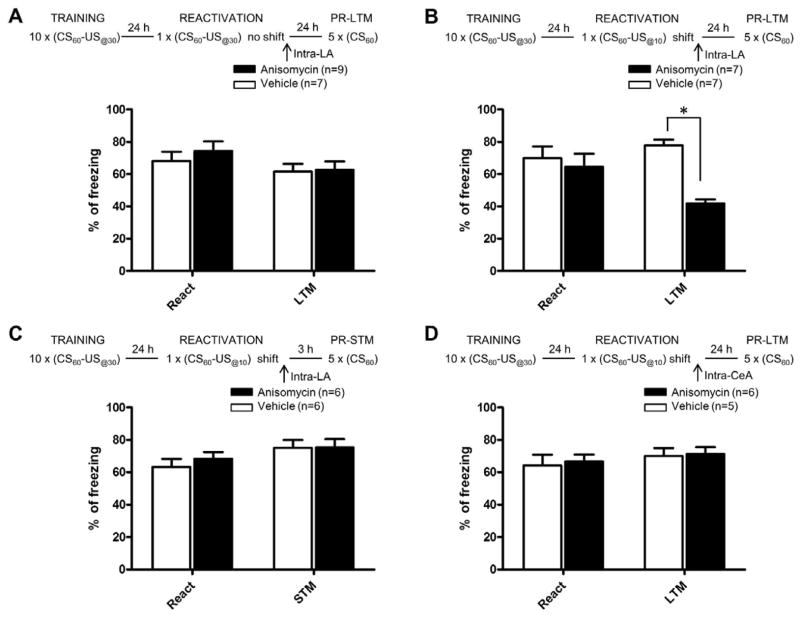Figure 1. Changing the CS-US time interval during reactivation of strong aversive memories triggers a LA-dependent reconsolidation process.
Schematic of the experimental design and percentage of freezing (mean ± s.e.m.) to the CS during reactivation (React) and post-reactivation long-term memory test (PR-LTM) in rats infused with vehicle (white bars) or anisomycin (black bars). All four experiments consisted of training with 10 trials of 60s tone paired with a footshock US delivered 30s after tone onset (CS60 – US@30). Freezing during reactivation was equivalent between vehicle and anisomycin rats in all four experiments. (A) Rats reactivated with the same CS-US time interval as the one learned during training (CS60 – US@30) and given intra-LA anisomycin did not show an impairment of memory during PR-LTM. Rats infused with anisomycin in LA and reactivated with a CS-US interval shifted to 10s (CS60 – US@10) did show an impairment during PR-LTM (B) but not when memory was tested 3 hours (PR-STM) after reactivation (C). (D) The infusion of anisomycin in the central amygdala (CeA) did not induce an impairment of memory during LTM in the rats reactivated with a shifted CS-US interval. (*P<0.05).

